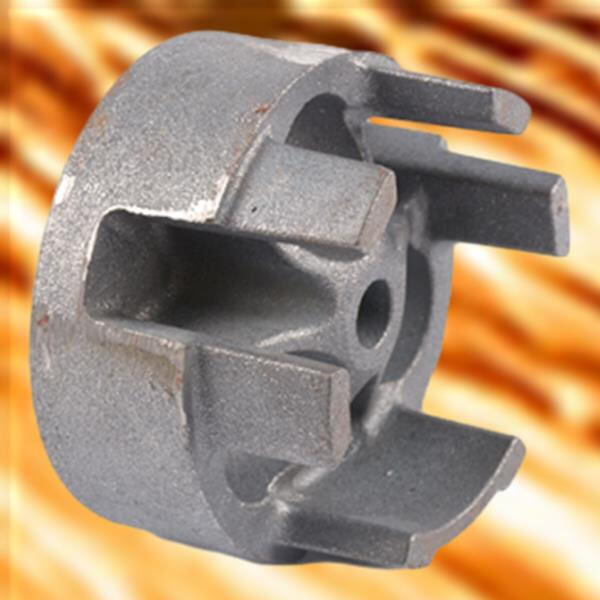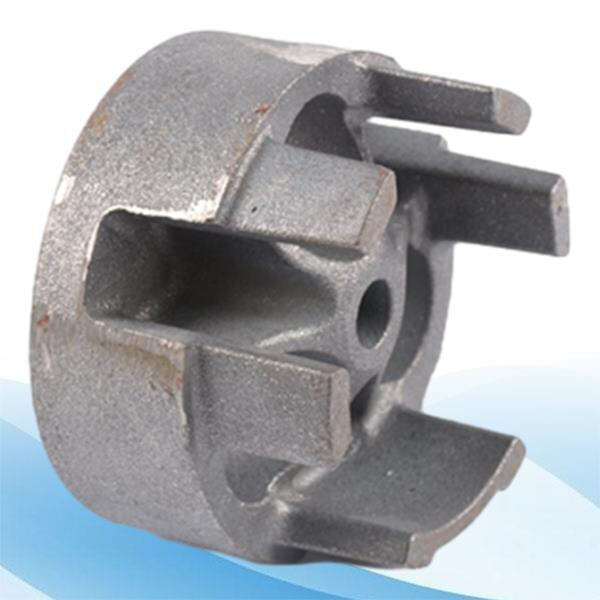Sand casting is an innovative process for getting objects made from metal. This is a good maker's intake manifold for sand casting for LF. We will learn a little bit about how sand casting works and why it's such a great way to make strong intake manifolds.
The process starts with packing sand around a model of the intake manifold to create a mold. Then the model is removed, leaving an indentation in the sand. Then, molten metal is poured into the mold and allowed to solidify. Once the metal cooled and hardened, the sand is shattered and a completed intake manifold is revealed.

UPDATE: Sand casting is a good way to do intake manifolds as it's simple and relatively inexpensive. It also allows people to put together detailed designs, so custom intake manifolds can be designed and built for special requirements. In addition to this, sand-casting is a process that produces strong and durable parts that withstand high heat and pressure in an engine.

Intake manifolds can be made with many design options using sand casting. Sand casting can translate any design concept to reality; in terms of shapes, sizes, and fine details. And that means intake manifolds can be designed to suit particular engine needs and performance targets.

Intake manifolds can be made in other ways, such as machining or die casting, but sand casting has its advantages. This process is less expensive than other processes and can accommodate more complex designs. It also builds stout intake manifolds that can handle engine abuse. In conclusion, sand casting is a very good option for producing qualitatively better, durable and customizable intake manifolds.
We have sand casting intake manifold over 100 customizing customers, providing fast, accurate and efficient customization solutions. It doesn't matter whether it's complete customizing or design-based, we can meet various demands of customers. We make sure that each custom project is done to the highest standard.
Our sand casting intake manifold customer support sand casting intake manifold assures that all queries are addressed within one hour quotes are given within six hours and customized solutions are provided within 12 hours We can respond promptly and efficiently to our clients regardless of where they are located or how they contact us
sand casting intake manifold own our own manufacturing facility for casting, achieving the integration of production and trading. We can offer lower prices and higher quality than 90% of our competition. Through removing the middleman, we offer more competitive prices and superior quality products directly from factories for our customers.
We have automated production lines CNC machining centers and surface treatment workshops that work together to provide technical assistance for mass production We have the manufacturing sand casting intake manifold to accommodate the demands of any size and still maintain production standards

